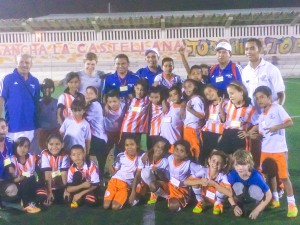By Brae:
In Colombia lots of people have magical beliefs. For example, lots of indigenous tribes believe a kind of God lives inside the earth that’s called mother nature. The Kogi people are an indigenous tribe that live in the mountains around Santa Marta. They have lived there since before the Spanish arrived in South America hundreds and hundreds of years ago. They were the only tribe not conquered by the Spanish who took lots of other tribes as slaves and killed lots of them. They believe that Earth is the great mother and it is their job to look after the planet.  They think that lots of the other people living in Colombia are not looking after the earth well. The Kogi is also called Kágaba which means jaguar in Kogi language. We have seen lots of Kogi people walking around in the mountains and in the jungle (but we haven’t seen jaguars yet!). The Kogi are a bit different to other people we see. They live in huts in the mountains in the wild, and they all only wear white and most of them carry a special kind of bag made out of a kind of plant, with the strap over the top of their heads. The men live in different huts than the women in their villages.
They think that lots of the other people living in Colombia are not looking after the earth well. The Kogi is also called Kágaba which means jaguar in Kogi language. We have seen lots of Kogi people walking around in the mountains and in the jungle (but we haven’t seen jaguars yet!). The Kogi are a bit different to other people we see. They live in huts in the mountains in the wild, and they all only wear white and most of them carry a special kind of bag made out of a kind of plant, with the strap over the top of their heads. The men live in different huts than the women in their villages.
Most Colombian people don’t believe the same as the tribes do but they listen to them and respect them. For example, they closed the amazing national park called Parque Tayrona for a month before Christmas, so that the indigenous tribes could come down from the mountain and give Tayrona back its magic. They cleaned it and said special prayers in it and did some things that they thought would give magic from mother nature and when all the people went away and the tribes gave it back the magic all the animals came down from the mountains. Maybe that meant that when we went to Parque Tayrona we saw all sorts of amazing creatures.
When we went to Minca again we did a tour to learn about Kogi tradition. We got some special red mud. We got it wet in a special Kogi place by a waterfall and rubbed it on our selves. Then we got some leafs and stuck them on us. After that we took the leaves off and let them go in the water. Next we climbed up a rock and washed the mud off in the waterfall.





This is a Kogi tradition that would make them well. The red clay is only found in one place in the whole of the forests around Minca.
This week, we also went to find a special village that was made by an ancient indigenous tribe more than 500 years ago. It was called Tayronaka. For centuries it was overgrown by jungle, then it was discovered and they cut down some jungle and so you can see what it was like. While we were there, we leant some things about the tribes and did some special breathing and listened to the sounds of nature and thought about the things that the tribes believe like mother nature. It made me think about all the things in nature and how amazing it is.



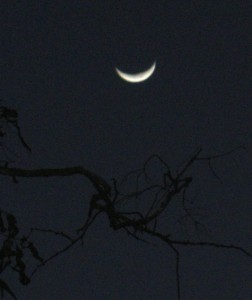 It was really cool to see it because I never knew the moon could look like that. Wherever I’ve seen the crescent moon it has always looked the same so it was a bit of a shock to see it like that.
It was really cool to see it because I never knew the moon could look like that. Wherever I’ve seen the crescent moon it has always looked the same so it was a bit of a shock to see it like that.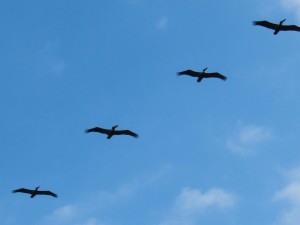
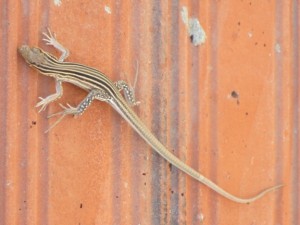
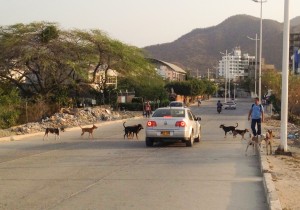
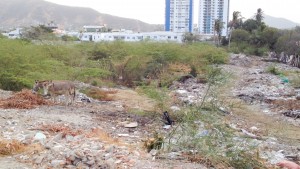
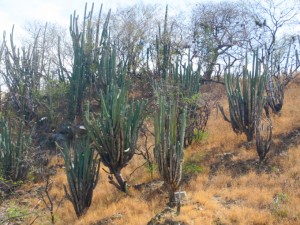
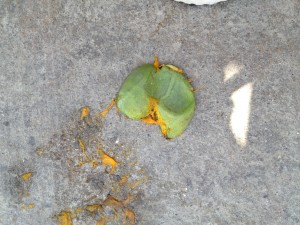
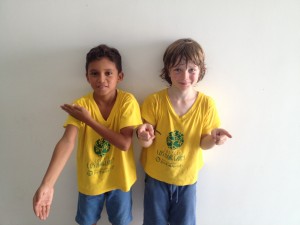 The way to measure things in Colombia is by putting one hand up your arm and the distance between the tips of your fingers and your hand is how long the thing is.
The way to measure things in Colombia is by putting one hand up your arm and the distance between the tips of your fingers and your hand is how long the thing is. 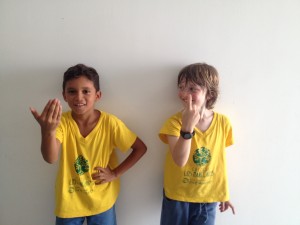 One of the other things that isn’t very rude in England is beckoning with one finger.
One of the other things that isn’t very rude in England is beckoning with one finger. 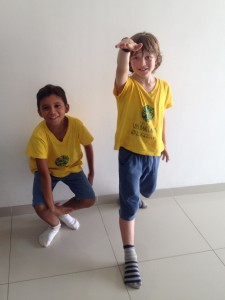 The last thing I found out was that if you show how tall someone is with your hand horizontally, that’s rude too. You have to have your hand vertical because you only have your hand horizontally if you’re talking about an animal. So if you do that about a person then they think you’re calling them an animal and they really don’t like it.
The last thing I found out was that if you show how tall someone is with your hand horizontally, that’s rude too. You have to have your hand vertical because you only have your hand horizontally if you’re talking about an animal. So if you do that about a person then they think you’re calling them an animal and they really don’t like it. 
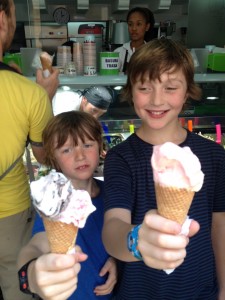 Also, you can go out for lunch and get a pretty large set meal with a soup, fish, coconut rice, salad and patacones with a lovely fresh tropical fruit juice for between 7,000 and 15,000 pesos (£1.40-£3)! Lastly, this ice cream cost me 60p!
Also, you can go out for lunch and get a pretty large set meal with a soup, fish, coconut rice, salad and patacones with a lovely fresh tropical fruit juice for between 7,000 and 15,000 pesos (£1.40-£3)! Lastly, this ice cream cost me 60p! 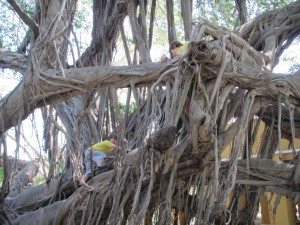
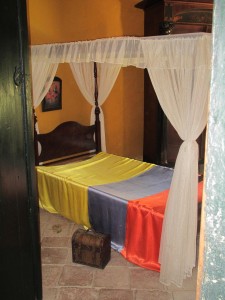

 When you walk around Colombia you see statues everywhere and museums about Simón Bolívar and lots of parks and streets named after him so he must be a very important person to Colombia. People think he is a hero and that he freed Colombia from the Spanish.
When you walk around Colombia you see statues everywhere and museums about Simón Bolívar and lots of parks and streets named after him so he must be a very important person to Colombia. People think he is a hero and that he freed Colombia from the Spanish. 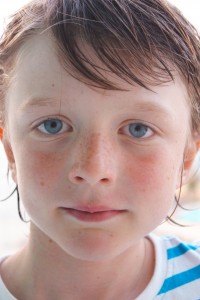
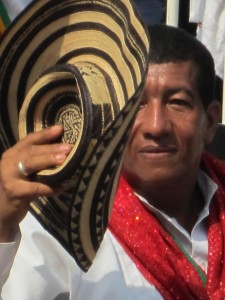
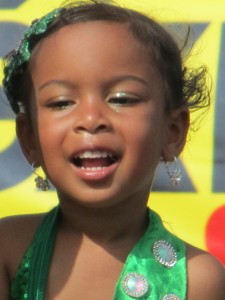
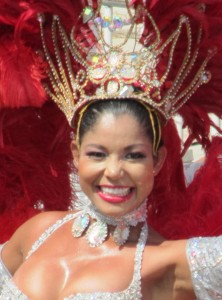

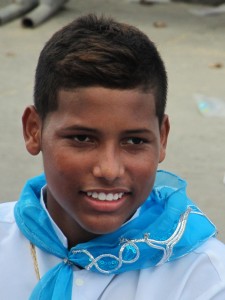

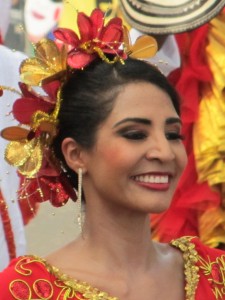
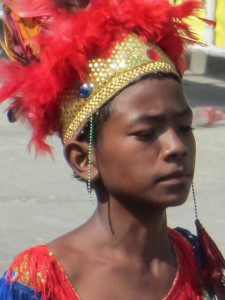

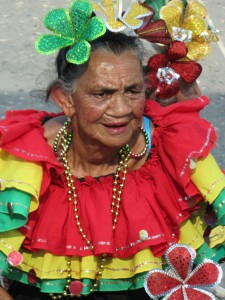


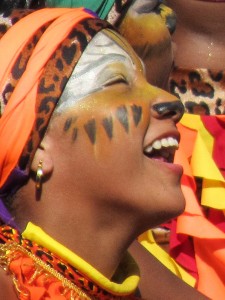


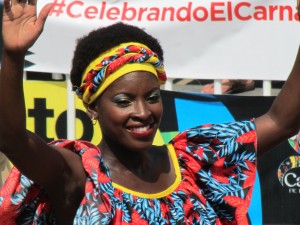
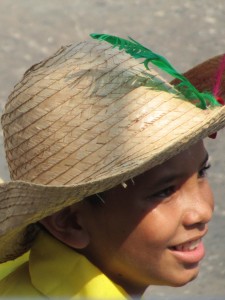

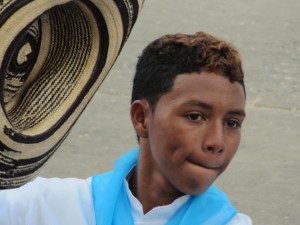
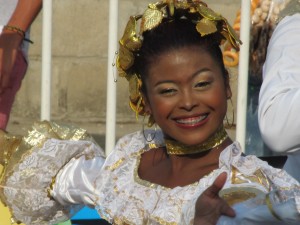

 For example, they might say that a girl has to score the first goal (loads of girls play football in the clubs), or that play stops if someone gets hurt, or that everyone in both teams has to celebrate when someone scores a goal, and things like that. Then they play the football game. Then the third part is when the teams get together to decide who has won, and it’s not necessarily the team that scored the most goals! It is also about which team followed the rules best that they agreed at the beginning.
For example, they might say that a girl has to score the first goal (loads of girls play football in the clubs), or that play stops if someone gets hurt, or that everyone in both teams has to celebrate when someone scores a goal, and things like that. Then they play the football game. Then the third part is when the teams get together to decide who has won, and it’s not necessarily the team that scored the most goals! It is also about which team followed the rules best that they agreed at the beginning. 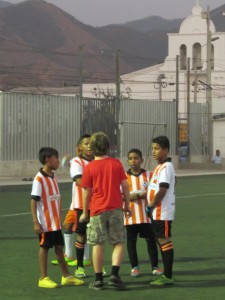 So, last Wednesday we went to a special pitch (it was special because the famous Colombian footballer Carlos Alberto Valderrama, otherwhise known as Pibe Valderrama, played on it when he was a little boy) and we watched another charity play against Tiempo de Juego. In the middle of one of the matches the team instructor came up to us and asked if we wanted to play! We were a bit nervous at first because we didn’t know what the rules were, but we soon got the hang of it and before long we felt really part of the team.
So, last Wednesday we went to a special pitch (it was special because the famous Colombian footballer Carlos Alberto Valderrama, otherwhise known as Pibe Valderrama, played on it when he was a little boy) and we watched another charity play against Tiempo de Juego. In the middle of one of the matches the team instructor came up to us and asked if we wanted to play! We were a bit nervous at first because we didn’t know what the rules were, but we soon got the hang of it and before long we felt really part of the team. 